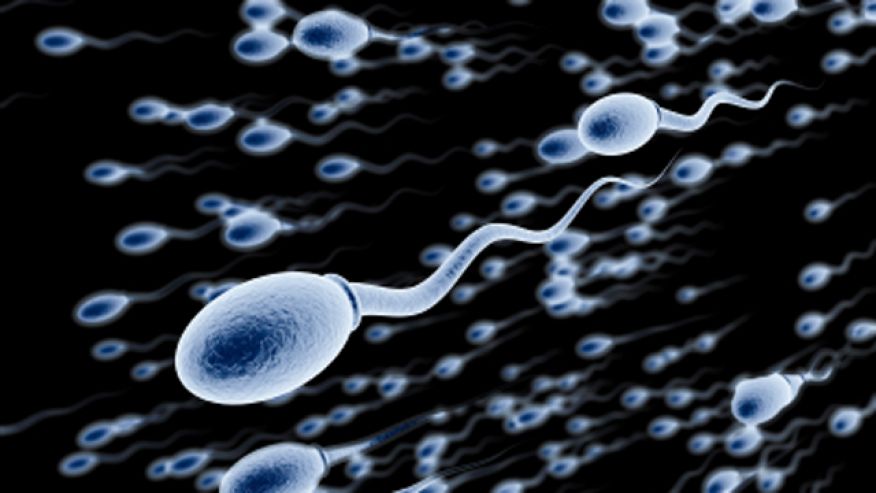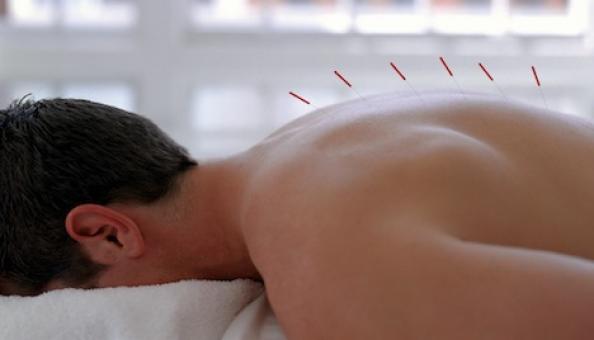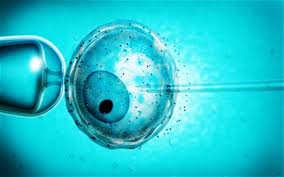
March is Endometriosis Awareness Month
What is endometriosis?
Endometriosis is a common chronic gynaecological condition, characterised by growth of endometrial tissue outside of the uterus. This ectopic tissue, most commonly found in the pelvic cavity but also other areas of the body, responds to the hormonal changes of the menstrual cycle which causes bleeding, inflammation and pain. The prevalence of this disease is estimated to vary from 2-22% of women and 40-60% of those suffering from dysmenorrhoea (painful periods). Despite its prevalence, women suffering from endometriosis often wait many years for a diagnosis or fail to receive a diagnosis at all. Sadly, menstrual pain is still wrongly considered normal, and we are often told to grin and bear it, take some ibuprofen and soldier through. However, the reality is that, for many, pain from endometriosis can be unbearable and causes significant disruption to work and personal lives. There may be pain throughout the cycle, severe fatigue and a variety of other symptoms that are often misdiagnosed or ignored.
Current medical interventions for endometriosis have limitations. Surgery to excise lesions has been found often to only produce short-term benefits, with regrowth common. Hormonal treatments such as the Merina coil or contraceptive pill are not suitable for all and often produce unwanted side effects. These are also not an option for those trying to conceive.
Endometriosis in TCM:
In Traditional Chinese Medicine theory, endometriosis is usually thought to involve a pattern of disharmony called Blood Stasis. The aim of treatment is to move the stagnant Blood, thus reducing pain, lesion size and inflammation. However, Blood Stasis is considered a branch of the main problem (the root), and each patient may have a different root cause of their Blood Stasis. TCM treatment with either acupuncture and/or herbs will aim to identify the individual patterns involved and treat both the root and the branch.
Research round up:
Giese, N., Kwon, K. and Armour, M., 2023. Acupuncture for endometriosis: A systematic review and meta-analysis. Integrative Medicine Research, 12(4): 101003.
This study examined the effect of acupuncture on pain levels and quality of life of patients suffering from endometriosis. Six studies that involved a total of 331 patients were included. Evidence for the benefit of acupuncture was found for overall pelvic pain, menstrual pain, and non-specified pelvic pain compared to usual care, and low rates of adverse effects were reported.
Wang, Y. et al., 2023. Acupuncture and moxibustion for endometriosis: A systematic review and analysis. Complementary Therapies in Medicine, 76: 102963.
Included 15 trials involving 1018 patients. Compared to sham acupuncture, acupuncture was more effective in reducing dysmenorrhea (menstrual pain), pelvic pain, dyspareunia (difficult or painful sexual intercourse), reduced size of ovarian cyst and improved quality of life.
Li, P. et al., 2023. Efficacy of acupuncture for endometriosis-associated pain: a multicenter randomized single-blind placebo-controlled trial. Fertility and Sterility, 119(5): 815-823.
106 women were randomised to receive either acupuncture or sham acupuncture treatments. They received 3 30 minute sessions a week for 12 weeks, and daily treatments during their menstrual periods. All test scores (dysmenorrhoea, pelvic pain, pain duration, depression, mood status and endometriosis health profile) were significantly improved in the treatment group compared to sham at 12 weeks. However, effect was seen to reduce at 24 weeks after discontinuation of treatment, suggesting that ongoing treatment is necessary to maintain benefit.
Lin, Y. et al. 2023. Chinese Herbal Medicine, Alternative or Complementary, for Endometriosis-Associated Pain: A Meta-Analysis. American Journal of Chinese Medicine, 51(4): 807-832.
A total of 34 studies involving 3389 participants were included in this meta-analysis. There was a statistically significant benefit of Chinese herbal medicine (CHM) on dysmenorrhoea at the end of 3 month treatment, with benefits lasting at 6 months but not 9 months after treatment was discontinued. Compared with conventional treatment a significant difference was found in levels of pelvic pain, irregular bleeding and hot flushes.
Yang, X. et al. 2023. Efficacy of Chinese Herbal Medicines on Pregnancy Outcomes in Patients with Endometriosis in Long-Term Management: A Multicenter Retrospective Cohort Study. Chinese Journal of Integrative Medicine, 29(11): 971-979.
Pregnancy and live birth rates in CHM group were significantly higher than non-CHM group for patients with endometriosis.
Gao, Y. et al. 2022. Systemic pharmacological verification of Guizhi Fuling decoction in treating endometriosis-associated pain. Journal of Ethnopharmacology, Oct 28: 297: 115540.
Classic CHM formula Guizhi Fuling decoction, commonly prescribed for treatment of endometriosis, was found to reduce size of lesions, relieve pain symptoms and reduce the serum level of pro-inflammatory cytokines along with their expression in lesion tissue.




